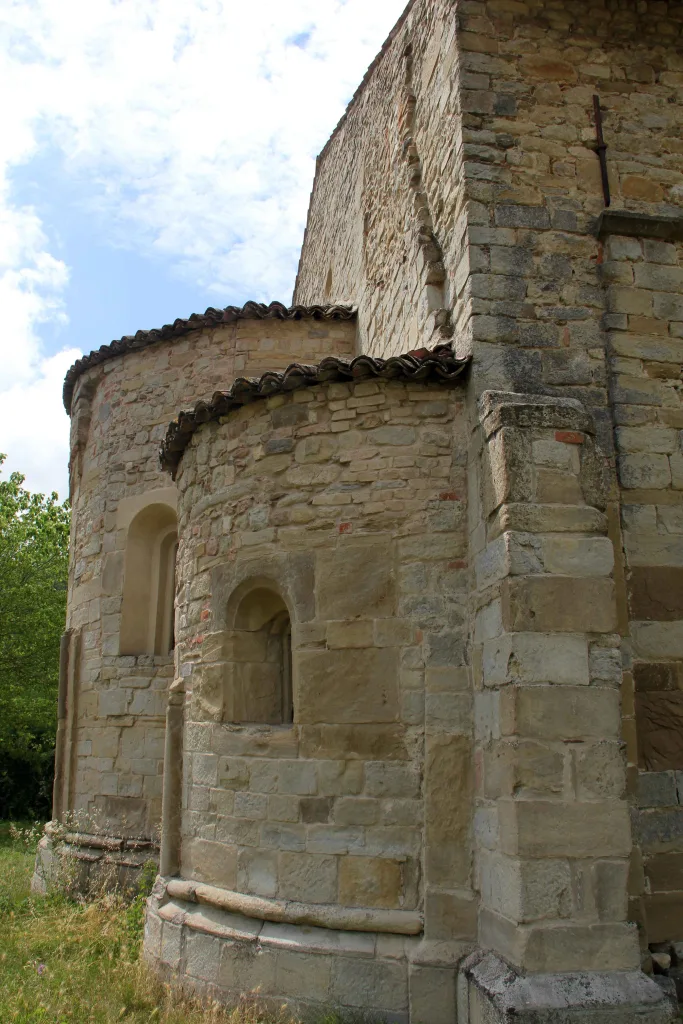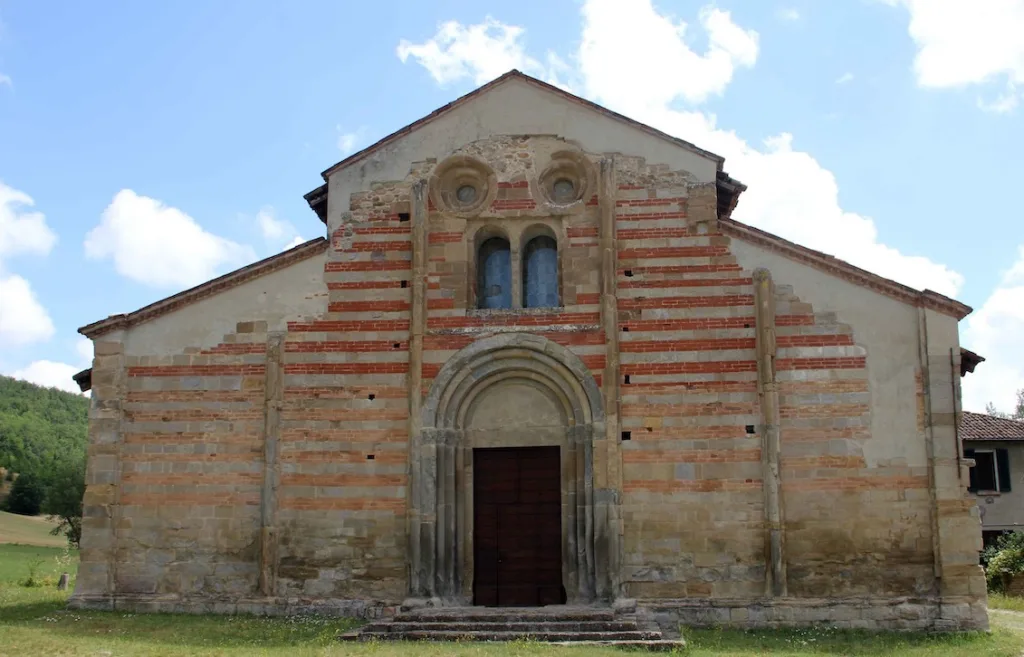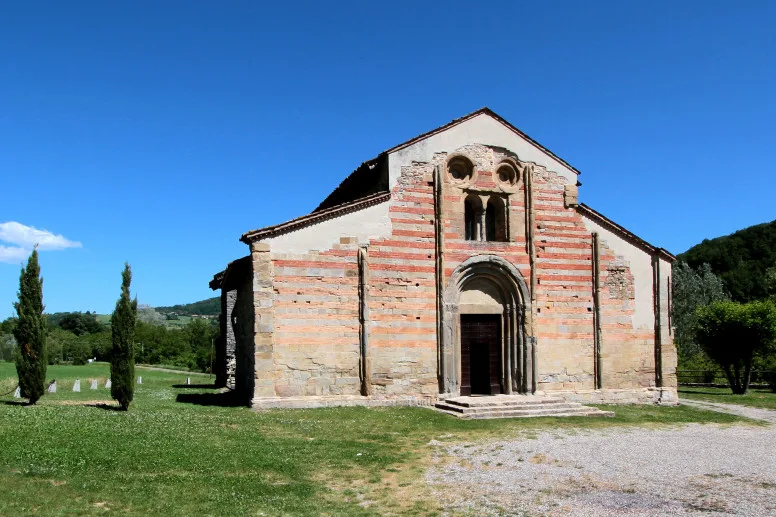The Romanesque parish church of San Zaccaria in Giarone di Rocca Susella is a jewel that shines in the Ardivestra valley. It is one of the most important architectural testimonies of the Oltrepò Pavese. Its construction probably dates back to the first half of the 12th century and is attributed to the maestri comacini, a group of builders, plasterers and artists active in Lombardy since the 8th century.
The parish's central role
The parish church of San Zaccaria was of great importance in the territory, until 1700 many parishes in the Ardivestra Valley and Staffora Valley depended on it. These parishes included S. Eusebio, Montesegale, Sanguinano, S. Giovanni di Piumesana, Groppo, Susella and Godiasco. The parish had the privilege of conducting liturgical services and, in particular, of administering the sacrament of baptism. Therefore, churches and chapels that did not have a baptistery depended on the pieve for this important ceremony.

The dependence of these parishes on the parish of San Zaccaria reflected the ecclesiastical organisation of the time. In fact, San Zaccaria was not only the reference point and coordinator for the smaller churches in the area, but also the spiritual and administrative centre.
With the passage of time and changes in the ecclesiastical structure, the dependence of the parishes on the diocese gradually diminished. Religious organisation developed and parishes gained autonomy.
A marvellous portal
Built mainly of sandstone and brick from local quarries, it has a façade divided into five vertical sections by two lateral pilasters.
In the five sections there are small columns decorated with bas-reliefs of vegetal motifs. The main front of the parish church is of great architectural and artistic importance. The façade also has two sandstone oculi.

The three-nave interior and Roman capitals
The interior is characterised by a three-nave structure separated by columns and arches. The original Romanesque capitals that adorned the columns can still be seen today.
During the last century, works were carried out to highlight the remaining traces of the original construction. One of the most important interventions was the removal of the walls that separated the space dedicated to the church from that used as a farm.
The Contest of the Soul
In the apse there are capitals decorated with various motifs, including a scene known as 'The Contention of the Soul'. It shows the soul of a righteous man being snatched from the devil by angelic figures, an iconographic theme typical of religious art, symbolising the struggle between good and evil and the soul's quest for salvation.
Abandonment and restoration
At the beginning of the 19th century, the parish church of San Zaccaria was reduced to a parish, although it retained the title of archpriest. It was then deconsecrated (except for a small chapel) and used as a farm. Over time, the building suffered from neglect and decay.
Subsequent restoration work has restored the parish church to its former beauty.










